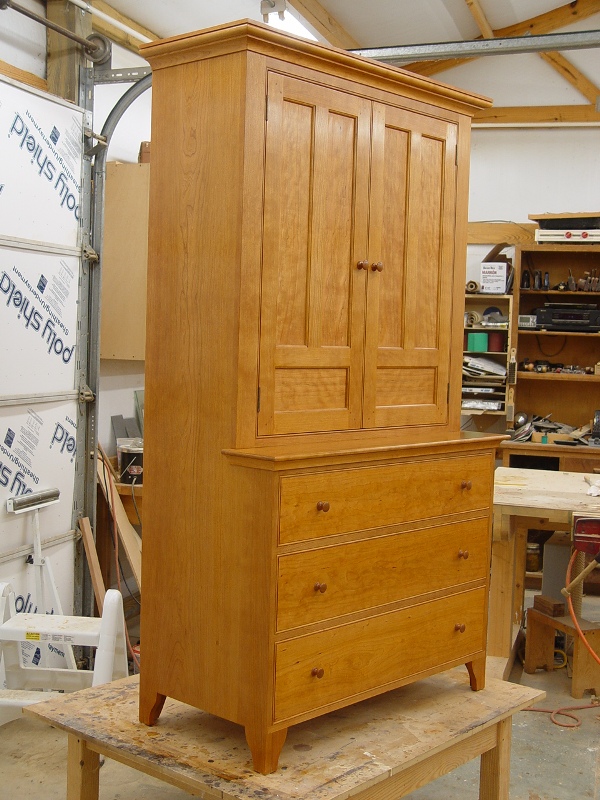Question
I have been using Shellac for many years, typically brushing on the initial coats and padding the final. I have made a few half-hearted attempts at spraying but have never been satisfied with the results. It doesnít seem to want to flow out like lacquer. I donít like wasting the stuff so I inevitably revert to my usual method. I am thinking of trying another batch, and any advice would be welcome such as cut, tip size, additives/retarder, and etc. Is anyone out there having success with this?
The gun is a CA Tech.
Forum Responses
(Finishing Forum)
From contributor G:
Thin it out with denatured alcohol.
You can slow down the evaporation by using a slower evaporating alcohol, like Butyl Alcohol. This actually makes the problem of slow-to-harden Shellac much worse. I get the best results using flake and regular denatured alcohol. The advantage of flake is that is hardens much faster. The longer Shellac is mixed with alcohol the slower it will harden. If you buy pre-mixed in a can look at the date it was made. If it is older than a year don't buy it. The fresher the better; and using flake is even better. By better I mean it dries faster. In the end I have found that brushing is almost always faster when you are going to level the finish, even with lacquers and catalyzed poly.
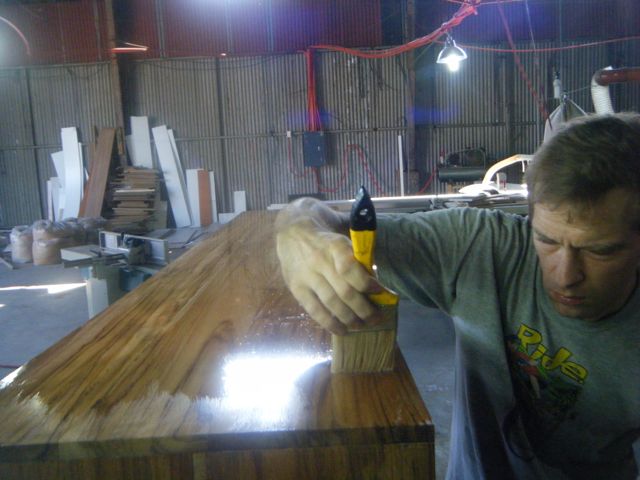
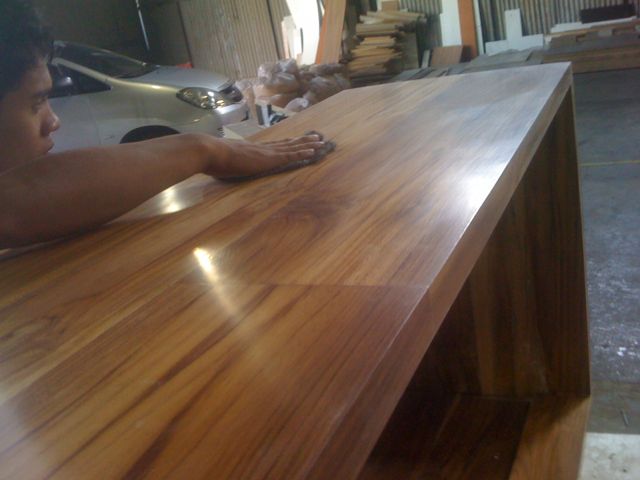
The closest I have found so far are pre-cat lacquer finishes but they do not have the warmth. You can see when you sand through a coat, and they all start showing their age after five to ten years. For general cabinetry this is perfectly ok. In fact I prefer Conversion Varnish for 90% of my work. Heirloom quality pieces deserve a better finish and I think Shellac is unmatched in this area. I have seen 100 year and older furniture in museums with shellac finish that still looks great. It never ages, or at least it ages on a geological time scale. Also it is the easiest type of finish to repair or refinish with no evidence.
Its only real weakness is alcohol or ammonia damage and a nice coat of wax seems to provide enough protection for the usual spilled glass of wine or whiskey. Have you found a modern finish that gives that perfect finish? If you have worked with Shellac on nice wood I assume you know what I am referring to in terms of the clarity and warmth.
Below is an example of a project where I used Shellac. This was a commissioned project where the client provided the wood. The single board was hewn from an oak tree his great grandfather cut down a hundred years ago. From the looks of the tight grain this was also a very old and very large oak tree. It still had the typical heavy pores of oak so I used a French polishing technique to fill the grain with sawdust and Shellac. I then brushed on four or five coats of Shellac, leveled with sanding block, buffed up to 000 steel wool, and waxed. Every piece I have finished with Shellac elicits comments from casual people with no knowledge about fine furniture. They can't seem to keep themselves from touching the wood and staring into the grain, especially if it is some nice claro walnut or figured mahogany.
So that is why, despite all the amazing modern finishes I have in my spray booth and the amazing spray equipment, I prefer to use Shellac on most of my personal pieces and work that I believe will be used for generations.
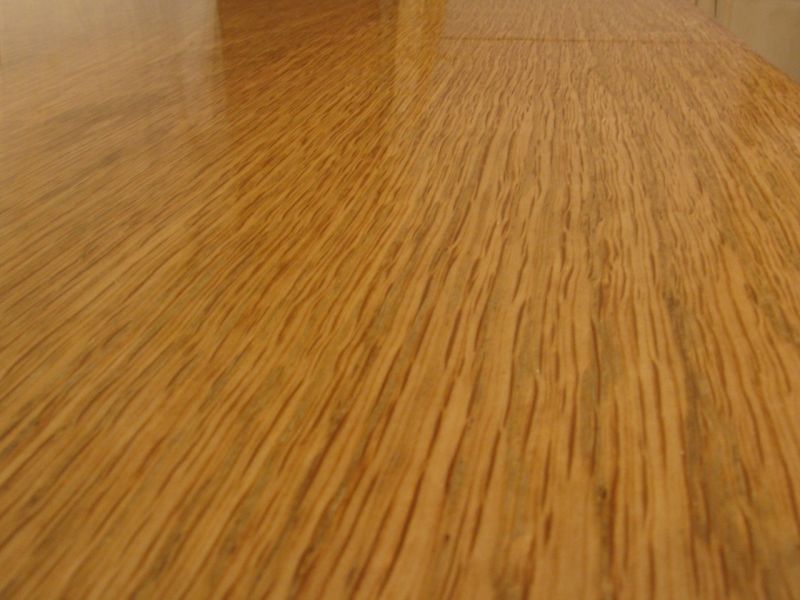
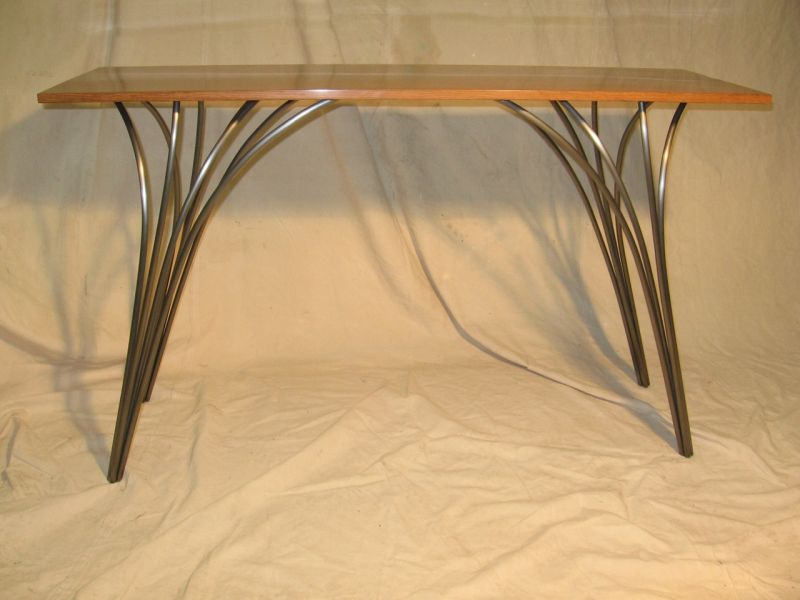
Although wipe on poly seems to last an awfully long time and stands up to a lot of abuse it is soft and does scratch easily but the amber color can be annoying too. I don't get too many calls for heirloom quality although I would love to spend that kind of time on solid wood furniture. Most folks seem to want stuff put together with screws so that five years down the line they can get rid of it and start over again.
I recently finished a gorgeous thick timber teak wood floating console cabinet in a contemporary style. The client would have been perfectly happy if I had used a typical two coat post-cat or Conversion Varnish, but it was an expensive piece and I could not live with myself knowing it left my shop 90% perfect. So I spent three days spraying, brushing, and leveling and finish a perfect finish. Definitely not in the budget! The piece is really very nice and will be grabbing the attention of visitors for many years.
Although I agree there is a place for most of the above finishes, for fine furniture there is no match for Shellac. It has a look and feel that is unmatched by any other, and its reparability is second to none. When you open the doors to a case piece it even smells good. It also is the best barrier to water vapor. It has also withstood the test of time. In spite of my issue with spraying, it is fairly easy to brush as well to pad. It is sensitive to standing water and alcohol but again it is easily repaired by rubbing out.
As an anecdote, early in my career I made a game table for a Doctor and finished it with Shellac. I moved away for a few years. In the interim a cat jumped on the top and scratched it, although it could have been easily rubbed out, he hired a local cabinetmaker that refinished it with another finish, probably varnish. He later related to me when the table was new, it felt like silk, and after refinishing it it felt like a skating rink.
